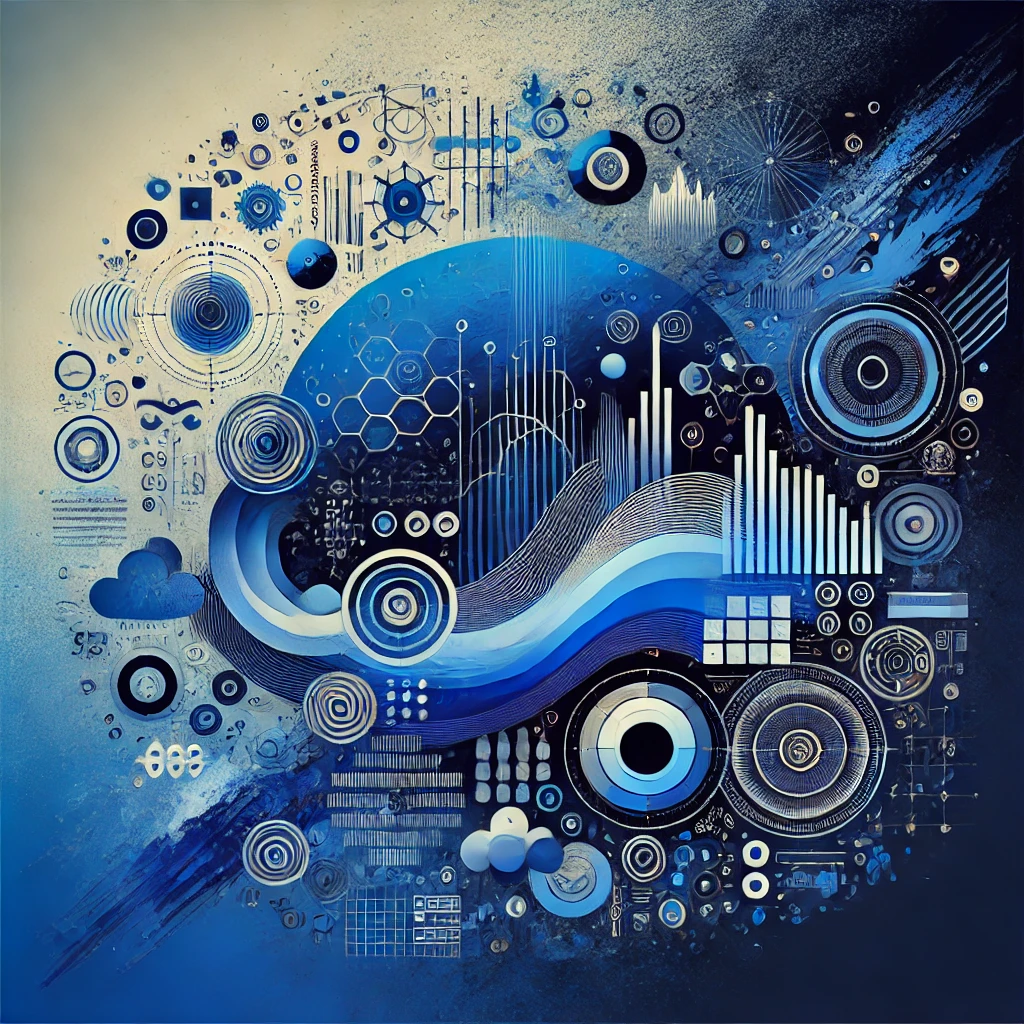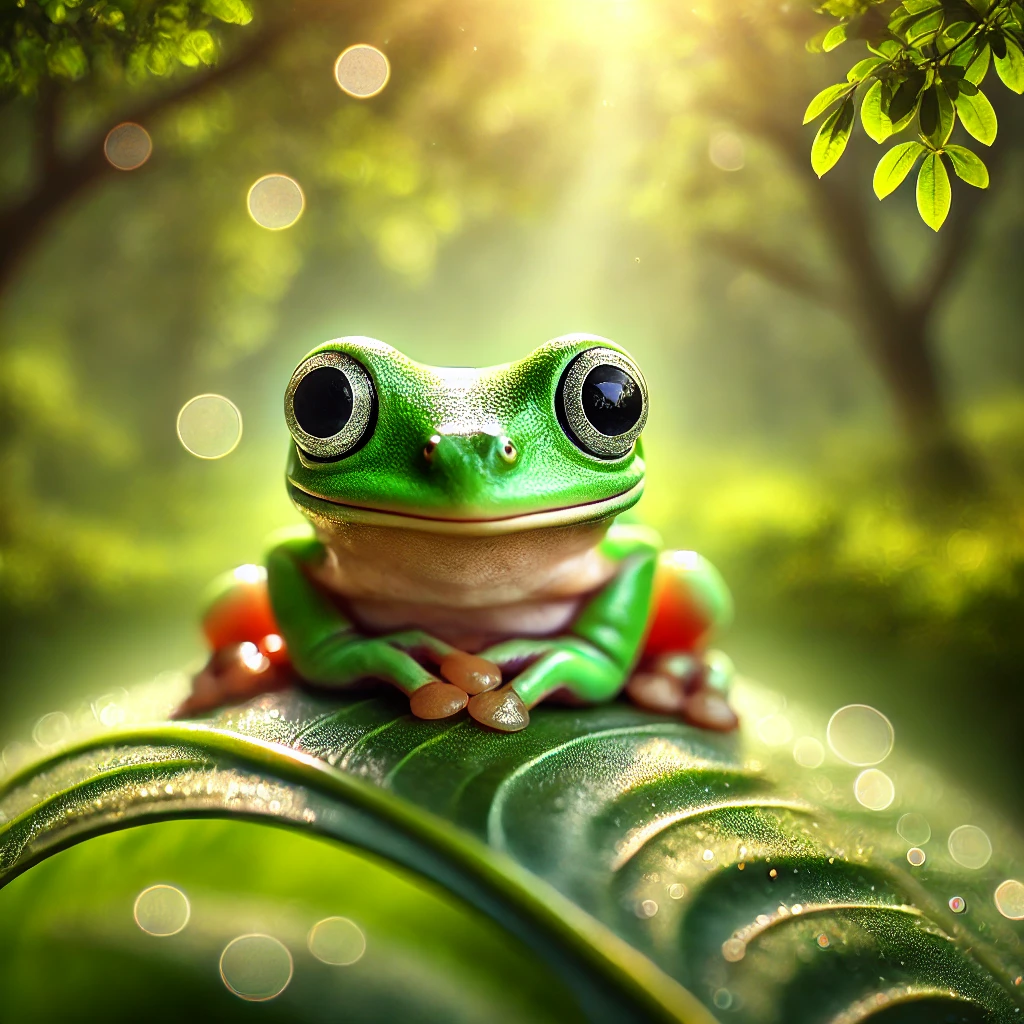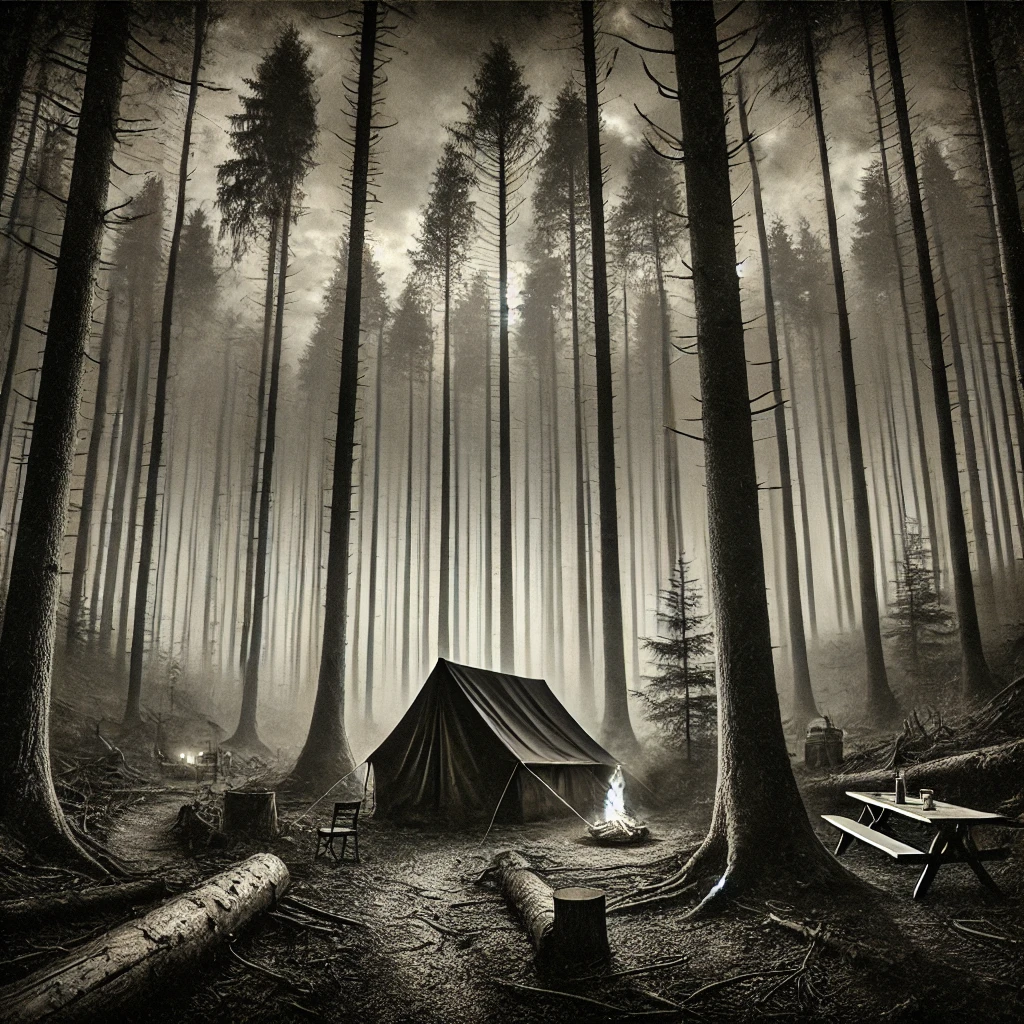Colours shape our world, influencing our emotions, perceptions, and experiences. Among them, blue stands out for its calming presence and versatile applications. This article delves into the aesthetic:mimundaqrke= blue, exploring its historical roots, psychological impact, and its pervasive role in art, fashion, technology, and beyond.
Introduction to Aesthetic:Mimundaqrke= Blue
The phrase aesthetic:mimundaqrke= blue embodies more than just a colour; it represents a comprehensive exploration of blue’s multifaceted significance. From ancient civilizations to modern digital landscapes, blue has consistently held a place of prominence, symbolising everything from tranquillity to trustworthiness.
The Origins of Blue as a Colour
Blue’s journey begins in ancient times. Early civilizations like the Egyptians revered blue for its rarity and beauty. They crafted vibrant blue pigments from minerals such as lapis lazuli, using them in art and ceremonial objects. This early appreciation set the stage for blue’s enduring legacy in various cultures.
Aesthetic:mimundaqrke= Blue in Ancient Art and Culture
In Ancient Egypt, blue symbolised the heavens and the divine. Artisans meticulously applied blue to tombs and temples, reinforcing its sacred status. Similarly, in Mesopotamian and Persian art, blue denoted purity and protection, reserved for depictions of gods and royal figures. These early uses highlight blue’s association with spirituality and authority.
The Renaissance and the Blue Revolution
The Renaissance marked a significant shift in blue’s artistic application. The invention of ultramarine blue, derived from lapis lazuli, allowed artists like Michelangelo and Leonardo da Vinci to incorporate rich, durable blue hues into their masterpieces. Blue became synonymous with holiness and serenity, particularly in religious art, cementing its place in Western artistic traditions.
The Psychology of Blue
Blue’s impact extends beyond aesthetics into the realm of psychology. It is universally associated with calmness, tranquillity, and stability. Studies have shown that blue environments can reduce stress and enhance focus, making it a popular choice in workplaces and healthcare settings. Conversely, darker shades like navy convey authority and professionalism, influencing perceptions in corporate environments.
Shades of Blue and Their Emotional Impact
The spectrum of blue offers a range of emotional responses. Light blue evokes feelings of innocence and clarity, while deep indigo suggests wisdom and introspection. Turquoise and teal blend blue with green, symbolising healing and balance. Electric blue, on the other hand, injects energy and boldness into designs, showcasing blue’s versatility in conveying diverse emotions.
Blue in Modern Art
Modern artists continue to harness blue’s expressive power. Pablo Picasso’s Blue Period is a prime example, where he used blue tones to convey melancholy and isolation. Yves Klein’s creation of International Klein Blue (IKB) demonstrated blue’s ability to dominate a canvas with its vibrant, almost otherworldly presence. These artistic endeavours underscore blue’s enduring emotional and visual impact.
Blue in Nature
Nature offers countless examples of blue’s beauty and rarity. The vast sky and deep ocean are the most obvious manifestations, but true blue pigments are scarce in the natural world. Many blue appearances result from light scattering or structural coloration, making blue all the more fascinating. Blue flowers like cornflowers and bluebells, as well as creatures like the blue morpho butterfly, highlight nature’s selective use of this captivating colour.
Blue in Fashion
Fashion leverages blue’s versatility to convey a range of styles and emotions. Denim jeans represent casual comfort, while navy suits exude professionalism and elegance. Designers use blue to create timeless pieces that appeal to diverse audiences. From pastel summer dresses to bold cobalt evening wear, blue adapts seamlessly to various fashion trends and occasions.
Blue and Its Cultural Symbolism
Different cultures interpret blue in unique ways. In Western societies, blue often symbolises sadness, as seen in expressions like “feeling blue.” However, it also represents loyalty and trust, which is why many corporations use blue in their branding. In Eastern cultures, blue can signify immortality and spirituality. For instance, the Hindu god Krishna is depicted with blue skin, symbolising the infinite sky and ocean.
Blue in Religion and Spirituality
Blue holds deep spiritual significance across various religions. In Christianity, blue is associated with the Virgin Mary, symbolising purity and divine motherhood. Judaism incorporates blue threads in traditional garments as a reminder of God’s commandments. In Buddhism, blue represents calmness and peace, often linked to meditation and enlightenment. These religious associations reinforce blue’s sacred and serene connotations.
The Use of Blue in Branding and Marketing
Blue is a staple in branding and marketing due to its associations with trust, reliability, and professionalism. Tech giants like IBM, Facebook, and Twitter utilise blue in their logos to convey stability and credibility. In industries such as finance, healthcare, and education, blue reinforces the values of dependability and security, making it a strategic choice for corporate identities.
The Calming Influence of Blue Spaces
Interior design often employs blue to create calming environments. Bedrooms and bathrooms frequently feature soft blue tones to promote relaxation and tranquillity. In workspaces, blue can enhance productivity and focus without the overstimulation that brighter colours might cause. The use of blue in living spaces helps create atmospheres that feel open, serene, and inviting.
Blue in Film and Cinematography
Blue plays a pivotal role in film and cinematography, shaping the mood and atmosphere of scenes. Directors like James Cameron in Avatar and Wes Anderson in The Life Aquatic with Steve Zissou use blue lighting and filters to immerse audiences in their unique worlds. Blue can evoke feelings of coldness and distance or create intimate and calm settings, demonstrating its powerful storytelling capabilities.
Blue in Digital Art and Virtual Reality
In the digital age, blue continues to dominate creative fields. Digital artists and virtual reality designers use blue to craft immersive and futuristic environments. Blue LED lights and digital interfaces leverage blue’s clarity and modern appeal, enhancing user experiences in virtual spaces. The aesthetic:mimundaqrke= blue in digital art bridges the gap between reality and the virtual, offering endless creative possibilities.
Blue in Everyday Life
Blue permeates our daily lives in countless ways. From the electronics we use to the home decor we choose, blue is a constant presence. Consumer products like smartphones, appliances, and stationery often feature blue elements to attract and soothe consumers. Its widespread use underscores blue’s universal appeal and its ability to enhance the functionality and aesthetics of everyday objects.
Conclusion
The aesthetic:mimundaqrke= blue is a rich and multifaceted concept that spans history, culture, psychology, and modern design. Blue’s ability to evoke calmness, trust, and versatility makes it a timeless and influential colour in various domains. Whether in ancient art, contemporary fashion, or cutting-edge technology, blue continues to shape our visual and emotional landscapes.
Future Trends in Aesthetic:mimundaqrke= Blue
As we look ahead, blue’s role in aesthetics is set to evolve further. Innovations in digital technology and sustainable design will likely introduce new shades and applications of blue. Environmentalism may see blue representing water conservation and marine protection more prominently. Additionally, the rise of virtual and augmented reality will expand blue’s presence in immersive experiences. The enduring appeal of blue ensures its continued significance in shaping our aesthetic future.



